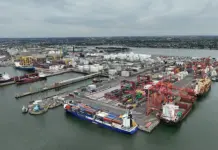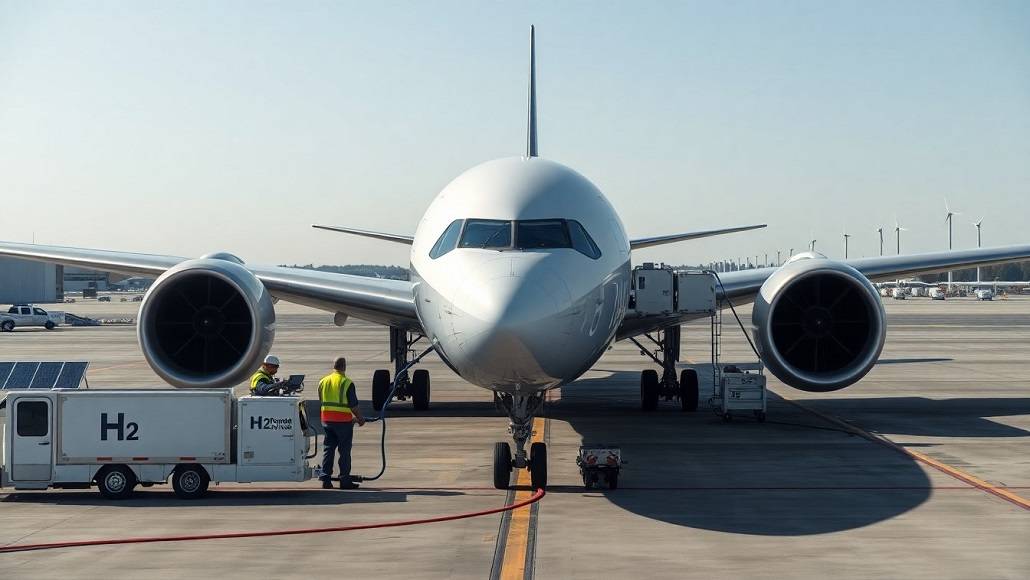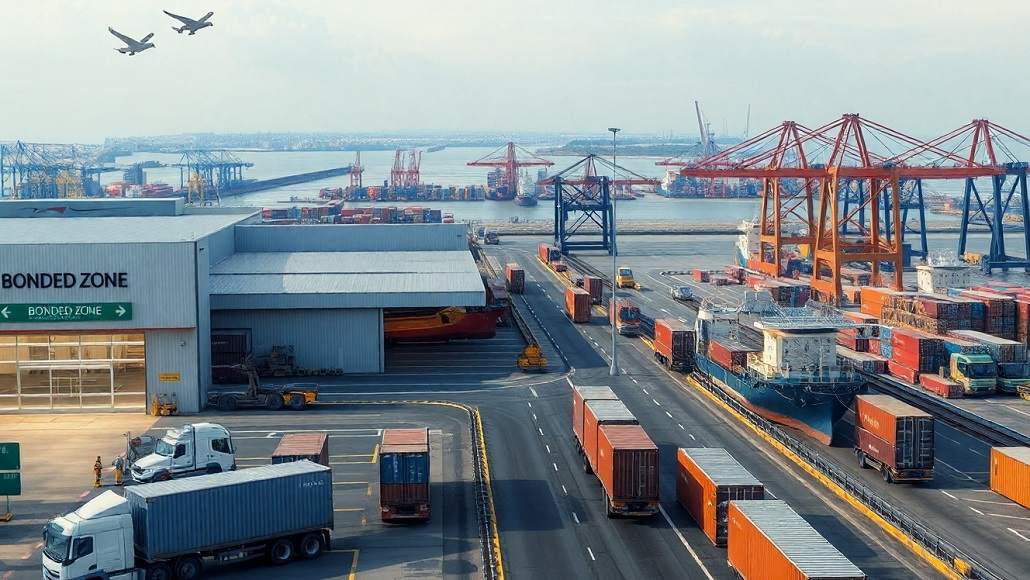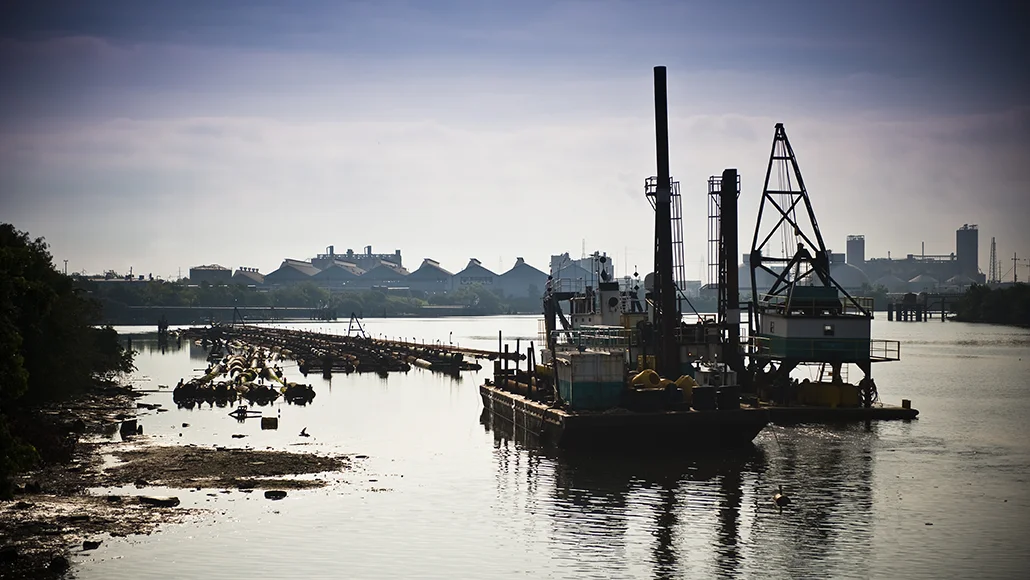Port Houston, working with the U.S. Army Corps of Engineers (USACE), has finished its share of the Houston Ship Channel Expansion, Project 11, a milestone that marks real progress in making the country’s busiest waterway safer and more efficient. The project broke ground in 2022, and dredging work to widen the Galveston Bay reach from Bolivar Roads to Morgans Point has now wrapped up.
The channel’s expansion through Galveston Bay from 530 feet to 700 feet wide is a major change for this vital trade route. The wider channel will make navigation safer, improve vessel flow, and help drive long-term economic growth across the region. As ships increase in size and capacity across various categories, the upgraded section of the channel will ensure that Houston’s facilities remain both competitive and resilient in the years ahead.
Port Commission Chairman Ric Campo said, “We commend the incredible Port Houston team, our bipartisan federal and local delegations, and our industry and federal partners for their collaboration and capacity to see clearly the importance of this vital gateway to our nation and ensure its ability to safely sustain and grow international trade. This collaborative achievement is truly a testament to the hard work of all the individuals involved in the project and reminds us of the importance of the Houston Ship Channel to the nation.”
While the dredging work for navigation is finished, other components of Project 11 are still underway, including the construction of marshlands using dredged materials. All possible material from the Galveston Bay area was repurposed to build environmental features, comprising around 10 acres of bird islands, 276 acres of marsh, and 324 acres of oyster reefs. The project is also expected to improve air quality, cutting vessel nitrogen oxide emissions by an estimated three to seven percent. Dredges used in the early stages ran on Tier 3 or Tier 4 engines or were fitted with scrubbers to help reduce exhaust pollution.
Stretching 52 miles, the Houston Ship Channel links more than 200 private facilities and eight public terminals, supporting industries from petrochemicals and energy to heavy equipment and consumer goods. Earlier this year, the USACE confirmed its position as the busiest waterway in the U.S., accounting for about 12% of the nation’s total waterborne tonnage. According to a 2022 third-party study, the channel supports 3.37 million jobs across the country and contributes $906 billion in annual economic activity.
The Perryman Group’s draft analysis projects that by 2040, Segment 1 of Project 11 alone will generate $60.95 billion in economic benefit across Texas and create 440,665 new jobs. Port Houston plans to publish the full report once finalized. In tandem, the Houston Pilots have updated their Navigation Safety Guidelines based on new research and simulations, which are expected to improve operational efficiency across all vessel categories using the channel.
Under the new improvements, ships that were once limited to daylight hours now have as much as two and a half extra hours each day to move in or out of the port. That wider window allows more two-way traffic and gives operators greater flexibility in scheduling. The changes are expected to ease congestion, make tug and dock work smoother, and help use port assets more efficiently. Earlier upgrades also gave Houston Pilots the clearance to handle larger container ships at the Bayport Container Terminal. Vessels between 15,000 and 17,000 TEU, similar in size to those passing through the Panama Canal, can now dock there safely.
Project 11 was first outlined in 2010, when Port Houston and the USACE saw the need to expand and deepen the channel for larger ships. By cutting down on red tape and running several approval steps at once, Port Houston was able to speed up the process. The project has since received top industry honors, including the 2025 Environmental Excellence Award from the Western Dredging Association (WEDA) and the 2025 Texas American Society of Civil Engineers (ASCE) Outstanding Civil Engineering Achievement Award (OCEA). The USACE will carry out the remaining sections of Project 11, which are expected to finish in 2029 and deliver even broader benefits along the waterway.


























